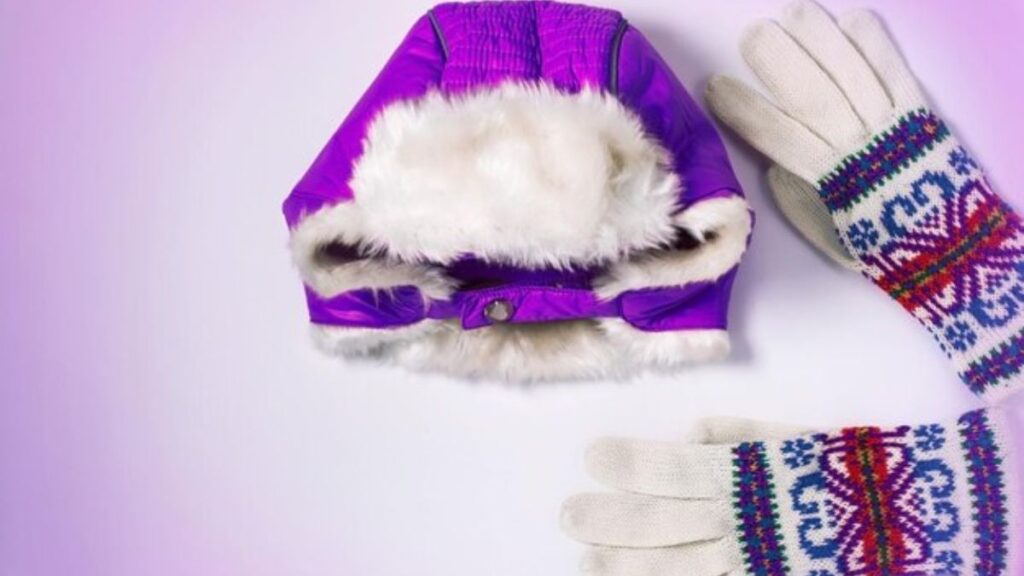When the temperature drops, nothing beats the cozy warmth of a stocking cap. Whether you call it a beanie, toque, or winter hat, this classic accessory has become synonymous with cold-weather comfort and style. In this guide, we’ll dive deep into all things stocking caps, covering its history, types, benefits, and how to choose the best one for your needs. Plus, we’ll provide an insightful comparison chart of top stocking cap materials to help you make an informed decision.
What is a Stocking Cap?
A stocking cap, also known as a beanie, is a type of close-fitting hat typically worn in cold weather to provide warmth and comfort. Traditionally made from knitted or woven materials like wool, cotton, or synthetic fabrics, stocking caps are designed to cover the head and sometimes the ears, offering protection against the elements. Its snug fit ensures that the hat stays in place, providing insulation while also allowing for breathability.
The term “stocking cap” is often used interchangeably with “beanie” or “watch cap,” especially in the U.S., though regional variations exist. In this article, we’ll refer to them as stocking caps for clarity, but it’s important to note that people around the world may use different names depending on local culture and language.
A Brief History of Stocking Caps
Stocking caps have a long history that dates back centuries. Their earliest use can be traced to Europe, where they were part of the traditional attire worn by fishermen and sailors in cold, coastal regions. In the 19th century, these hats became popular among working-class individuals, thanks to their ability to offer warmth and functionality without being overly expensive.
As the 20th century rolled around, the stocking cap found its way into mainstream fashion, especially among athletes, hipsters, and college students. Today, stocking caps are not only a necessity during winter but also a trendy fashion statement.
Why Are Stocking Caps So Popular?
Stocking caps have maintained their popularity over time for several reasons. Here are just a few:
- Warmth and Comfort: The primary function of a stocking cap is to keep you warm. When made from the right materials, they provide excellent insulation and are highly effective at retaining body heat.
- Versatility: Stocking caps are incredibly versatile. They come in a variety of styles, colors, and materials, making it easy to find one that suits your personal preferences and wardrobe.
- Easy to Wear: With no complicated fastenings or adjustments, a stocking cap can be put on and taken off with ease. Its lightweight design also means that it doesn’t weigh you down.
- Stylish: From sporty and casual to chic and trendy, stocking caps can elevate any winter outfit. Celebrities and influencers alike have embraced the beanie for its stylish look.
- Affordability: Compared to other types of winter headgear, stocking caps are usually very affordable, making them accessible to most people.
Types of Stocking Caps
There are various types of stocking caps available, each designed to cater to different preferences and needs. Below are some of the most popular options:
1. Knitted Beanies
Knitted beanies are the most common type of stocking cap. They are typically made from wool or acrylic yarns, and their stretchy material allows them to fit snugly around the head. These hats come in a wide range of styles, from simple designs to more intricate patterns like cables or pom-poms.
2. Cuffed Beanies
Cuffed beanies feature a folded cuff at the bottom, which adds a layer of extra warmth around the ears. This type of stocking cap is ideal for colder climates because it offers additional insulation.
3. Slouchy Beanies
As the name suggests, slouchy beanies have a loose, relaxed fit that creates a “slouch” at the back. These caps are typically made from soft, stretchy materials like cotton, making them comfortable and breathable.
4. Fleece Lined Beanies
For added warmth, fleece-lined beanies are an excellent option. The fleece lining provides insulation against the cold and helps to retain heat without feeling too bulky.
5. Sports Beanies
Sports beanies are designed with active individuals in mind. They are often made from moisture-wicking materials like polyester or spandex to keep the wearer dry during outdoor activities like running or skiing.
6. Earflap Beanies
Earflap beanies feature extended flaps that cover the ears, providing extra warmth and protection. These are perfect for extremely cold conditions or for people who prefer more coverage.
Benefits of Wearing a Stocking Cap
Stocking caps are more than just a fashion accessory. Here are some key benefits of wearing one during the winter months:
1. Temperature Regulation
The human body loses a significant amount of heat through the head. Wearing a stocking cap helps prevent this heat loss, keeping your body temperature regulated even in freezing conditions.
2. Protects Your Hair
Wearing a stocking cap in cold weather can help prevent your hair from drying out or getting damaged due to low temperatures and wind. It also helps protect your hair from the sun’s UV rays.
3. Prevents Frostbite
In extremely cold conditions, wearing a stocking cap can help prevent frostbite on the scalp and ears, areas that are particularly vulnerable to the cold.
4. Convenience
Unlike bulky winter hats that may require adjustments or extra padding, stocking caps are lightweight and easy to wear. They are also portable and can be folded up and stored in a bag when not in use.
5. Fashionable
Aside from their practical uses, stocking caps are a fashionable item that can complement a variety of outfits. Whether you’re going for a laid-back look or something more polished, a stocking cap can tie your winter ensemble together.
How to Choose the Best Stocking Cap
When selecting a stocking cap, it’s essential to consider several factors, including the material, style, and intended use. Here’s a breakdown of what to look for:
1. Material
The material of the stocking cap determines how well it insulates and how comfortable it is to wear. Common materials include:
- Wool: Known for its warmth and moisture-wicking properties.
- Acrylic: A synthetic fiber that is lightweight, durable, and easy to care for.
- Cotton: Soft and breathable, but not as warm as wool.
- Fleece: Offers excellent insulation and softness.
- Polyester/Spandex Blends: Ideal for sports or active use, as these materials wick away sweat and provide flexibility.
2. Fit
A stocking cap should fit snugly around your head without being too tight. The fit will determine how well the cap retains heat and how comfortable it feels.
3. Style
Choose a style that suits your taste and needs. For example, if you’re looking for extra warmth, opt for a cuffed or fleece-lined beanie. If you want something more relaxed, a slouchy beanie might be the way to go.
4. Climate
If you live in an area with harsh winters, it’s essential to choose a stocking cap that can withstand extreme temperatures. Look for options made with thicker materials like wool or lined with fleece for added warmth.
Comparison Chart: Stocking Cap Materials
To help you make an informed decision, here’s a comparison chart that outlines the key features of different stocking cap materials.
| Material | Warmth | Comfort | Durability | Moisture-Wicking | Best For |
| Wool | High | Soft | Medium | Yes | Cold weather, long-term use |
| Acrylic | Medium | Soft | High | No | Budget-friendly options |
| Cotton | Low | Breathable | Medium | No | Mild weather, casual wear |
| Fleece | High | Very Soft | High | Yes | Extreme cold, active use |
| Polyester/Spandex | Medium | Stretchy | High | Yes | Sports, outdoor activities |
Stocking Cap Trends for 2025
As we head into 2025, stocking caps continue to evolve with new styles and trends. Here are some of the key trends to look out for in the upcoming year:
- Sustainable Materials: Eco-friendly stocking caps made from recycled fibers or organic cotton are becoming more popular as consumers seek sustainable fashion options.
- Bold Patterns and Colors: From neon hues to intricate patterns, stocking caps in 2025 are embracing bold designs that make a statement.
- Tech-Integrated Beanies: As technology continues to advance, we are seeing more tech-integrated stocking caps, including hats with built-in Bluetooth speakers for listening to music while on the go.
- Luxury Beanies: High-end brands are offering stocking caps made from premium materials like cashmere or alpaca wool for those seeking ultimate comfort and style.
Conclusion
A stocking cap is not just a winter necessity—it’s an accessory that combines fashion, functionality, and comfort. Whether you’re seeking a beanie to keep you warm during the cold months or looking for a stylish piece to complement your outfit, there’s a stocking cap for every need. By understanding the different types, materials, and trends, you can find the perfect one to suit your lifestyle.







